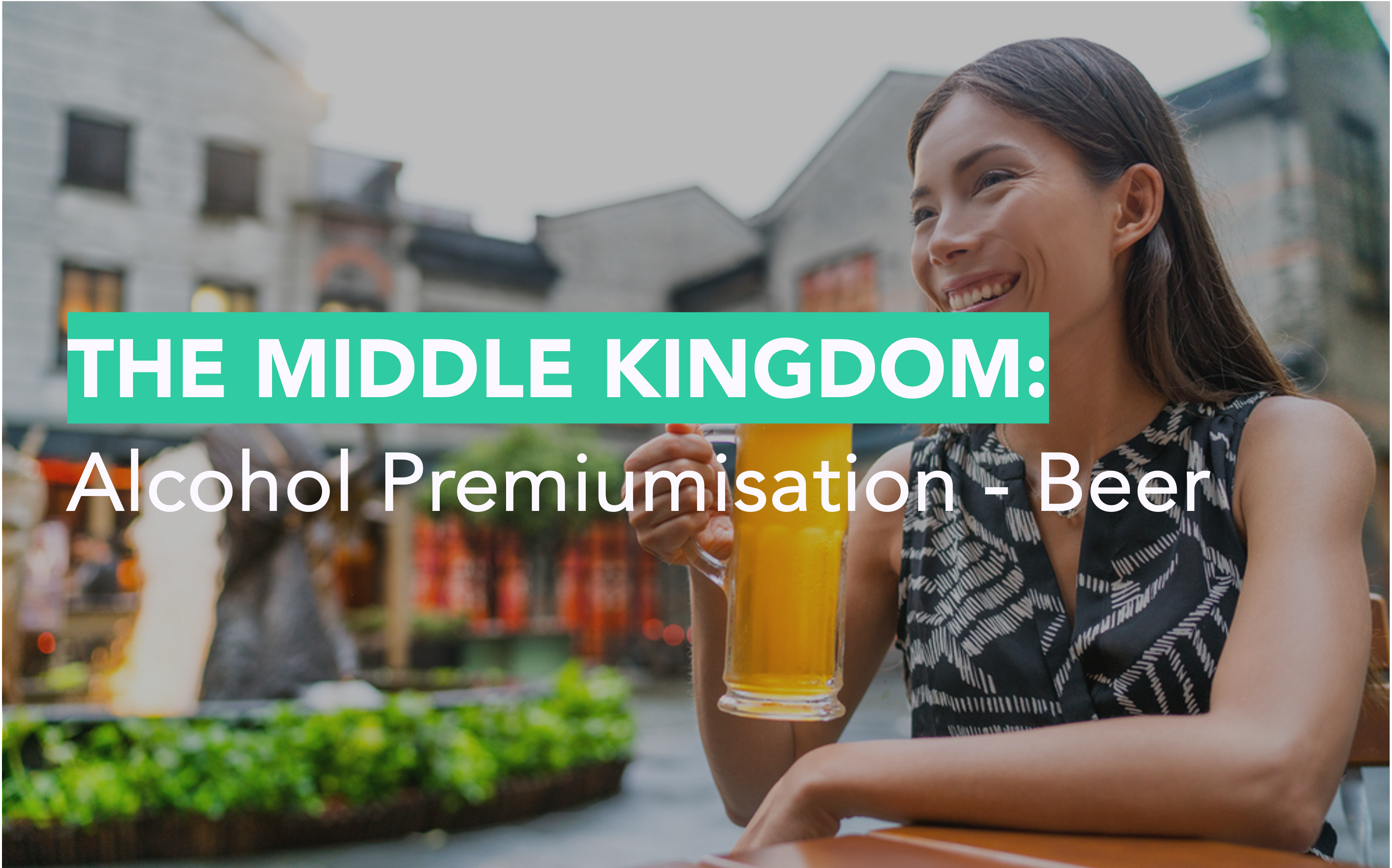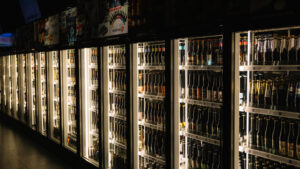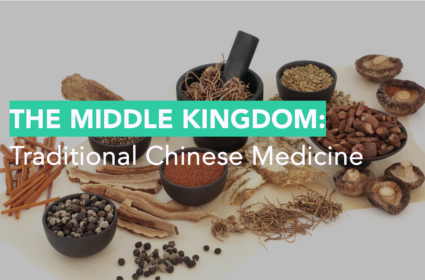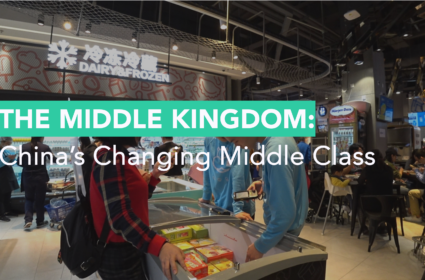Cheers! 干杯! Alcohol Premiumisation in China: The Beer Round

This article is part of our series on The Middle Kingdom. You can view the full series or download the report.
Welcome to the Middle Kindom
The Chinese name of China is 中国 (pronounced ‘zhong guo’) which translates literally to ‘Middle Kingdom’. This dates back to ~1000BC when the Chinese were in relative isolation from the rest of the world, separated by the Himalayan mountains in the southwest, the Gobi Desert to the north and the Pacific Ocean to the east. As such, Chinese people assumed they were at the centre of the world, and aptly named their country the ‘Middle Kingdom.’ Our goal in this blog is to provide everyone with bite-sized insights into China’s Culture, Customs, and Consumers.
Cheers! 干杯! Alcohol is going premium in China: The Beer Round
If you’ve read any of our Middle Kingdom pieces, you’ll know by now that China’s middle class is growing rapidly, and their consumption habits are becoming ever-more discerning (read more on Rational Spending here). As the largest beer market in the world, it’s no surprise to see increased spending power translate into a desire for unique and premium propositions across beer in China.
State of Play – Beer
Domestic ‘macro’-producers CR Snow and Tsingtao currently hold the most market share with 23.2% and 16.4% respectively with the regional arm of AB InBev, Budweiser APAC (and its 50 brands) following closely behind at 16.2% (2021). These producers predominantly brew the light lagers that have long been the preferred flavour profile in China. As the market matures and consumers search for novel drinking experiences, producers have begun turning their attention to more premium beer offerings via immersive experiences and innovative experimentation with ingredients and flavours. Microbreweries have also exploded in popularity across the country, initially in larger metropolitan cities but now even in remote towns in faraway provinces.
Consumption occasions are shifting…
Beer has always been considered one of the more casual alcohol offerings in China and is consumed in relaxed social settings. The light flavour profile of most popular beers (e.g. Snow, Qingdao, even Budweiser) is the perfect accompaniment for the oily and spicy food found in China but this has driven the perception that is merely the support act to the main event of delicious food. Similarly, in occasions without food where beer is popular, for example during karaoke, beer acts as a social lubricant rather than being the focus of an occasion.
Shifts to interest in crafted and premium offerings with a broader flavour profile also mean a shift in the occasions and locations where beer is being consumed. Local brewpubs have opened across China’s larger cities offering a large selection of crafted beers brewed on-site often in unique flavours to beer, but familiar to the Chinese palate e.g. jasmine tea beer, cheese tea beer (!), Sichuan peppercorn and durian fruit. These brewpubs, which have minimal food options, bring beer to the front and centre of the occasion, offering young Chinese consumers a new destination for socialising but also a completely immersive drinking experience that justifies a premium price point.
An emerging trend for premium beer is the solo at-home occasions. The COVID pandemic accelerated drinking at home behaviour as out-of-home socialising was extremely limited for an extended period. Now, consumers are often turning to alcohol to help them wind down in the evenings. The growth of this occasion has created space for new beer propositions with a focus on flavour and the sip and savour experience to flourish.
Premium Beer Brands Winning in China
- A pioneer of craft beer in China, local microbrewery Great Leap Brewing set up shop in the alleyways of Beijing in 2010 with a brewpub brewing a rotation of beers with locally sourced ingredients such a Sichuan peppercorn, bark cinnamon and oolong tea. The brand prides itself on making craft beer more accessible to the Chinese consumer by merging the best of Western brewing practices and Chinese culture with familiar ingredients and cultural references across their branding and marketing imagery.
- Budweiser APAC has also been leading the charge of premium in China with several initiatives in recent years. Namely, the launch of its Fujianese craft beer 059 Coastline Craft in 2022 and the opening of a specialist craft brewery in Putian. The 7,400 sqm site is the largest in the APAC region and houses production for several international craft brands including Goose Island and BrewDog (following a partnership to expand the brand’s footprint in Asia).
- Local mass producers Tsingtao and Zhujiang Beer are working their way into the super-premium category with new releases of beer costing 1,200 RMB (1.5L) and 398 RMB (818ml) Although, not targeted to the average consumer, the innovative products are a powerful marketing tool demonstrating the technical prowess of the producers that extends to their more everyday offerings.
The So What – what can brands do to elevate premium perceptions and connect with Chinese consumers?
- Experiment with Chinese flavours to create familiarity! Sichuan pepper and tea might seem like wild concoctions for alcohol, but leveraging familiar flavours will lower the barrier to entry for Chinese consumers. There are less preconceived notions about what craft or premium beer “should” taste like, so there is more space to play with innovation and find what works for the Asian consumer.
- Consider the shifting consumption occasions of alcohol. More and more consumers are drinking solo and looking for the alcohol to take centre stage in the moment. How can we make solo drinking more convenient and more enjoyable? How can we educate consumers about the process or unique ingredients that make the drink taste just the way they like it?
- Brew locally – be proud to be investing in Chinese culture. The popularity of locally-sourced products is not distinct to China, but it is certainly heightened. As the economy and the middle class have grown, so has national pride. Brands that show they truly understand, appreciate and want to contribute to Chinese culture will make waves.





